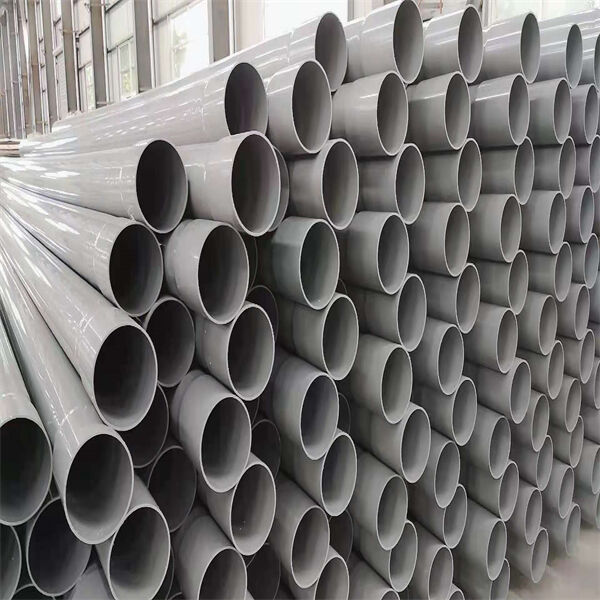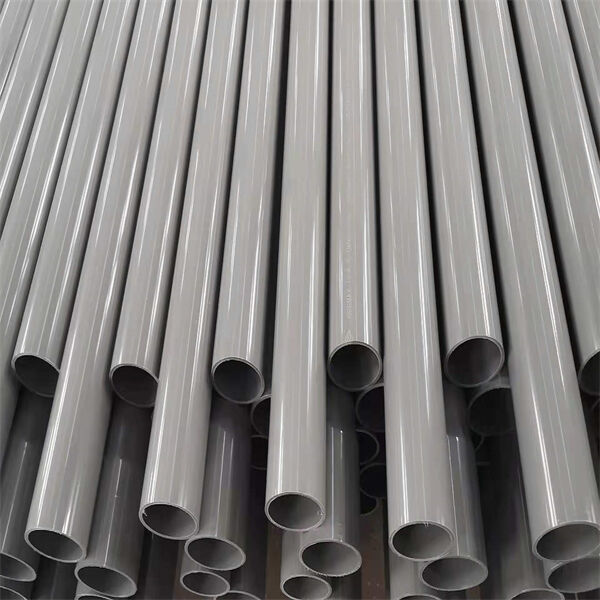What kind of plumbing pipe is made of CPVC? They are user-friendly being lightweight and can be cut to fit with a saw. Fittings and solvent cement used in CPVC pipe installation must also be appropriate to establish a watertight joint. The pipes should also be adequately supported to avoid they get to hang or bend.
CPVC plumbing has several advantages. It is metal free corrosion resistant and will not support external loads. They are also chemical resistant and can take the heat, making them perfect for hot water systems. These types of CPVC sprinklers are also relatively easy to install and require low maintenance. Also CPVC pipe is less expensive than metal pipe and it is comparable in price to PVC piping and fittings.
CPVC Pipe – Common Problems and Solutions /Risks involved in Split A/C Second Hand Sale: Once, you have a plan to sell your air-conditioned in second hand or reused the market, then this it goes without saying that it is truly challenging to get your expected quote and truckload of tension is on your mind.

CPVC Pipes Despite the fact that CPVC is considered super-tough and dependable, there are certain issues people generally face while working with them. One common problem is leaks, which may be due to incorrectly installed fittings or damage to the pipe. To fix a leak in a CPVC pipe, you're going to have to cut the pipe and replace part of it. Shutoff the water mains, then cut the section of pipe where the leak is using a pipe cutter. A new piece of pipe can be installed using the properly-sized fittings and solvent glue.

In colder weather, it is imperative to insulate CPVC pipes to avoid freezing and bursting. Pipe wrap is easily placed by simply sliding it over the pipe and locking it into position with tape. TIP 3: Don’t forget to insulate ANY exposed water pipes in unheated areas such as basements or attics. Byron recommends that during the winter, people may want to keep a slight drip going through their pipes to keep them from freezing.

Have you found a leak in your CPVC pipe? And, with the right hardware and the know-how, you could easily repair the leak yourself. Begin by shutting off the supply of water to the pipe you’re working on. Then just take the pipe cutter and remove the damaged portion of pipe. Sand the ends of the pipe and allow them to dry. Brush solvent cement on the inside of a coupling and slide it onto a pipe. Reapply this technique to the other end of the pipe. Lastly, let the solvent cement harden, and when it's done, turn the water on.
Our professional sales team are waiting for your consultation.